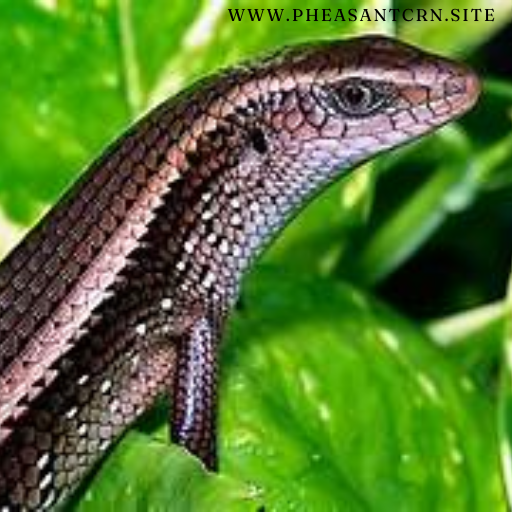Discover effective ways to prevent skin diseases in snakes kept in a humid environment with this comprehensive guide.
I. Introduction
Raising pet snakes can be a rewarding and fascinating experience, but it also comes with the responsibility of caring for their health. Just like all living creatures, snakes are susceptible to diseases, and it is essential for snake owners to be aware of common illnesses and their treatments. This article aims to provide comprehensive information on various diseases that can affect pet snakes and effective methods for treating these illnesses at home.
Common Snake Diseases
- Parasitic infections
- Fungal infections
- Respiratory infections
- Anorexia
Treating Snake Diseases
- Medication administration
- Preventive measures
- Monitoring and observation
II. Understanding Skin Diseases in Snakes
Snakes, like all living creatures, are susceptible to a variety of skin diseases. Skin diseases in snakes can range from fungal and bacterial infections to parasitic infestations. It is important for snake owners to be able to recognize the signs of skin diseases in their pets and take appropriate measures to treat and prevent them.
Common Skin Diseases in Snakes:
– Fungal Infections: These infections can cause discoloration, blistering, and shedding issues in snakes.
– Bacterial Infections: Symptoms of bacterial infections in snakes may include redness, swelling, and discharge from the affected area.
– Parasitic Infestations: Snakes can be affected by mites, ticks, and other parasites that can cause irritation and skin damage.
It is crucial for snake owners to maintain a clean and suitable environment for their pets, as well as provide a balanced diet and regular veterinary check-ups to prevent and manage skin diseases. Understanding the specific symptoms and treatment options for common skin diseases in snakes is essential for ensuring the health and well-being of these unique pets.
III. Tips for Preventing Skin Diseases in Snakes in a Humid Environment
1. Maintain Proper Humidity Levels
In a humid environment, it’s crucial to maintain the right humidity levels in the snake’s enclosure. Use a hygrometer to monitor the humidity and ensure it stays within the recommended range for your snake species. This will help prevent skin diseases caused by excessive moisture.
2. Provide Proper Ventilation
Good airflow is essential to prevent the buildup of moisture and the growth of mold or fungus in the snake’s habitat. Ensure that the enclosure has adequate ventilation to keep the air circulating and prevent the environment from becoming too damp.
3. Use Substrates That Resist Mold and Fungus
Choose substrates that are resistant to mold and fungus growth, such as paper towels, reptile carpet, or aspen shavings. Avoid using substrates that retain moisture, as they can create a breeding ground for skin-damaging microorganisms.
4. Regularly Clean and Disinfect the Enclosure
Regularly clean and disinfect the snake’s enclosure to remove any potential sources of infection. Use reptile-safe disinfectants and thoroughly dry the enclosure before reintroducing the snake to its habitat.
5. Monitor the Snake’s Skin Condition
Regularly inspect your snake for any signs of skin diseases, such as discoloration, lesions, or abnormal shedding. Early detection can help prevent the spread of skin diseases and allow for prompt treatment.
By following these tips, snake owners can help prevent skin diseases in their pets and ensure a healthy and comfortable living environment for their snakes.
IV. Conclusion
In conclusion, it is important for snake owners to be aware of the common diseases that can affect their pets and to be proactive in treating and preventing these illnesses. Snakes, like all living creatures, are susceptible to diseases, but their strong immune systems make them resilient to many common ailments. However, it is crucial for snake owners to be vigilant and observant in order to detect any signs of illness in their pets.
Key Points to Remember:
- Regularly monitor and observe your snake for any unusual behavior or symptoms of illness.
- Be mindful of the snake’s diet and the quality of its food to prevent parasitic infections.
- Ensure a clean and suitable living environment for your snake to prevent fungal infections and respiratory illnesses.
- Seek veterinary advice and treatment if you suspect your snake is unwell, and follow proper medication protocols.
By following these guidelines and being proactive in the care and treatment of pet snakes, owners can help ensure the health and well-being of their beloved reptiles. Remember, early detection and proper treatment are key in maintaining the health of your pet snake.
In conclusion, preventing skin diseases in pet snakes in a moist environment requires maintaining proper humidity levels, providing clean and dry bedding, and regular inspection for any signs of infections. Seek veterinary care if needed.



